Related Research Articles

The University of Fort Hare is a public university in Alice, Eastern Cape, South Africa.
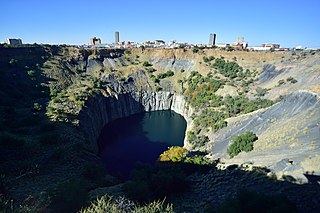
Kimberley is the capital and largest city of the Northern Cape province of South Africa. It is located approximately 110 km east of the confluence of the Vaal and Orange Rivers. The city has considerable historical significance due to its diamond mining past and the siege during the Second Anglo-Boer war. British businessmen Cecil Rhodes and Barney Barnato made their fortunes in Kimberley, and Rhodes established the De Beers diamond company in the early days of the mining town.
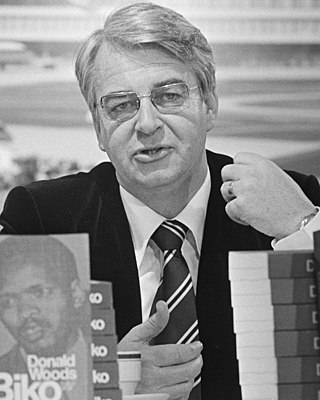
Donald James Woods was a South African journalist and anti-apartheid activist. As editor of the Daily Dispatch, he was known for befriending fellow activist Steve Biko, who was killed by police after being detained by the South African government. Woods continued his campaign against apartheid in London, and in 1978 became the first private citizen to address the United Nations Security Council.
The Department of Bantu Education was an organisation created by the National Party government of South Africa in 1953. The Bantu Education Act, 1953 provided the legislative framework for this department.
The Oblates of St. Francis de Sales are a congregation of Catholic priests and brothers who follow the teachings of Francis de Sales and Jane Frances de Chantal. The community was founded in Troyes in 1875 by Louis Brisson and are affiliated with the Oblate Sisters of St. Francis de Sales.
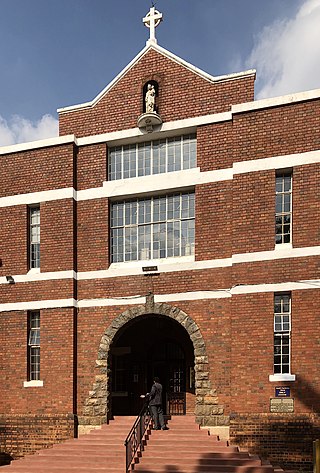
Sacred Heart College, Marist Observatory is a private Catholic school in Observatory, Johannesburg founded in 1889 by the Marist Brothers. The college was originally established as the first Catholic school for boys in Johannesburg. It now accepts girls and boys through creche, pre-primary school, primary school and high school. It is distinguished among independent schools for its contribution to fostering an inclusive society in Apartheid-Era South Africa. The college runs an IEB examination course and is affiliated with the Independent Schools Association of Southern Africa.
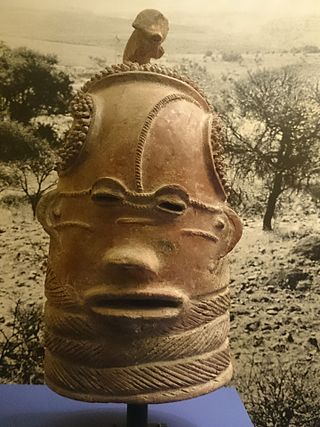
South African Bantu-speaking peoples represent the majority of people in South Africa and who have lived in what is now South Africa for thousands of years as an indigenous people alongside other indigenous groups like Khoisans. Occasionally grouped as Bantu, the term itself is derived from the English word "people", common to many of the Bantu languages. The Oxford Dictionary of South African English describes "Bantu", when used in a contemporary usage or racial context as "obsolescent and offensive", because of its strong association with the "white minority rule" with their Apartheid system. However, Bantu is used without pejorative connotations in other parts of Africa and is still used in South Africa as the group term for the language family.

The Mineral Revolution is a term used by historians to refer to the rapid industrialisation and economic changes which occurred in South Africa from the 1860s onwards. The Mineral Revolution was largely driven by the need to create a permanent workforce to work in the mining industry, and saw South Africa transformed from a patchwork of agrarian states to a unified, industrial nation. In political terms, the Mineral Revolution had a significant impact on diplomacy and military affairs. Finally, the policies and events of the Mineral Revolution had an increasingly negative impact on race relations in South Africa, and formed the basis of the apartheid system, which dominated South African society for a century. The Mineral Revolution was caused by the discovery of diamonds in Kimberly in 1867 and also by the discovery of gold in Witwatersrand in 1886. The mineral mining revolution laid the foundations of racial segregation and the control of white South Africans over black South Africans. The Mineral Revolution changed South Africa from being an agricultural society to becoming the largest gold producing country in the world.

The Oblate Sisters of Providence (OSP) is a Catholic women's religious institute founded by Mother Mary Elizabeth Lange, and Father James Nicholas Joubert in 1829 in Baltimore, Maryland for the education of girls of African descent. It was the first permanent community of Black Catholic sisters in the United States.
The Vicariate Apostolic of Natal was a Roman Catholic missionary, quasi-diocesan jurisdiction in South Africa.

Liston College is a school in Henderson, Auckland, New Zealand, for year seven to 13 boys and offers a Catholic education to its students. It was the second school opened by the Christian Brothers in Auckland. It was named after Archbishop Liston (1881–1976), the seventh Catholic Bishop of Auckland (1929–1970). The school was founded in 1974 to serve the Catholic families of West Auckland and to absorb the growing number of boys who travelled daily to St Peter's College in central Auckland.
Nukutere College is a Roman Catholic secondary school located in Avarua, Rarotonga, Cook Islands. It is the country’s only Catholic secondary school and has an important educational role across the archipelago. "Nukutere" means "people on a journey", a reference to the pilgrim Church in the South Pacific context.
Saint Mary's High School (SMHS), founded in 1876, is a Roman Catholic, co-educational, college preparatory school in Stockton, California. The school is under the canonical jurisdiction of the Diocese of Stockton and sponsored by the Salesian order of the Oblates of St. Francis de Sales priests and brothers. The school is a member of the College Board and is accredited by the Western Association of Schools and Colleges and by the Western Catholic Education Association.
Wilfrid Gore Browne was an Anglican bishop, the first Bishop of Kimberley and Kuruman from 1912 to 1928. He was described as a saintly bishop with "a keen sense of humour" and "a winning courtesy."
The Perseverance School, Kimberley, was founded as such in 1883 but might be seen as having arisen from the St Cyprian's Mission School dating back to the early 1870s. Until 1917 it was officially called St Cyprian’s (E.C.) Mission School, although known as Perseverance from 1884. For part of its history it was referred to in the plural as Perseverance Schools, after a teacher-training section was established; and latterly the name applied principally to the teacher training college, Perseverance College, in Barkly Road, Kimberley.
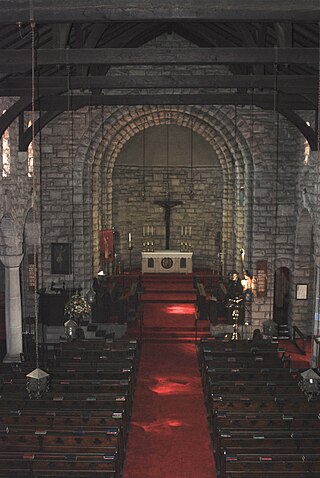
St Boniface Church is the mother church of the Anglican parish of Germiston, Gauteng which also includes the chapelries of St Mary and St John in Lambton, and St Mark in Rosedeep. The parish is part of the Diocese of the Highveld, which is in turn part of the Anglican Church of Southern Africa.
The South African African Rugby Board was the body that governed black African South African rugby union players during the apartheid era, and one of three segregated rugby unions operating during that time. The representative team of the African Rugby Board was known as the Leopards.
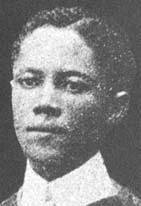
Harold Cressy was a South African headteacher and activist. He was the first Coloured person to gain a degree in South Africa and he worked to improve education for non-white South Africans. He co-founded a teachers group which opposed the apartheid Bantu Education Act.
The Very Revd Gonville Aubie ffrench-Beytagh was an Anglican priest who served as the Dean of Johannesburg. He was also an anti-apartheid activist and was held in solitary confinement before going on trial for his activism.
Regina Gelana Twala (1908–1968) was a feminist activist, writer, teacher, researcher, evangelist, and liberation leader in South Africa and eSwatini.
References
- 1 2 "New Page 1". members.tripod.com. Retrieved 2015-10-06.
- 1 2 3 4 5 6 7 8 9 10 11 Seseane, Thabo (2015-07-14). Similar Demons Lie Vanquished: The Authorized Biography of Dr John D. Handron. Partridge Africa. ISBN 9781482808209.
- 1 2 3 "John J. Hayes's Obituary on". TimesUnion.com. Retrieved 2015-10-06.
- ↑ "Dominican Sisters of Oakford - In Memoriam Page - Rest In Peace Sr. Rita-Maria Diel". oakforddominicans.org. Retrieved 2015-10-05.
- ↑ Mohlala, Thabo. "A nurturing disciplinarian" . Retrieved 2015-10-05.
- ↑ "St Boniface High School -". www.stbonifacecbc.co.za. Retrieved 2015-10-06.